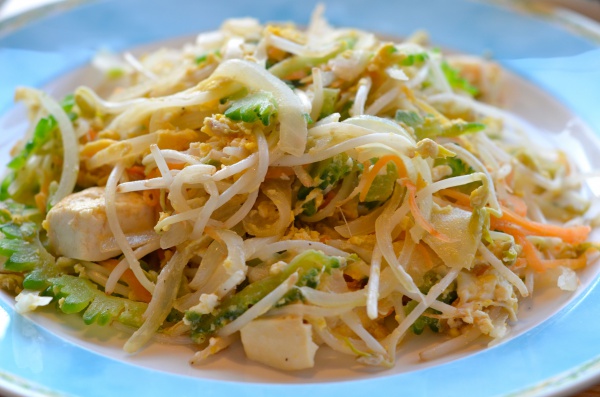Facts About Chanpurū
Chanpurū is a beloved stir-fry dish from Okinawa that has become emblematic of the island's distinctive cuisine. This versatile dish typically features tofu combined with various ingredients such as vegetables, meat, or fish. Common additions include luncheon meat, eggs, bean sprouts (moyashi), and bitter melon (gōyā). Notably, Spam, which is uncommon in mainland Japan, frequently appears in many Okinawan chanpurū recipes due to historical connections with the US Navy.
The term "Chanpurū" meaning "something mixed" in the Okinawan dialect, perfectly encapsulates the dish's essence. It also mirrors Okinawa's rich cultural tapestry, blending influences from traditional Okinawan, Chinese, mainland Japanese, Southeast Asian, and North American cuisines.
Once a local specialty, chanpurū has recently surged in popularity across mainland Japan, largely due to television exposure and a growing fascination with Okinawan culture.
Here are several delicious variations of chanpurū to try:
- Gōyā Chanpurū: Made with bitter melon, a staple in Okinawan cooking.
- Tofu Chanpurū: Combines tofu with Spam or pork for a hearty option.
- Māmina Chanpurū: Features mung bean sprouts for a lighter take.
- Fu Chanpurū: Uses wheat gluten, offering a unique texture.
- Sōmen Chanpurū: Incorporates thin noodles for a different twist.
Each variety brings its own unique blend of flavors and ingredients, making chanpurū a delightful dish to explore.
